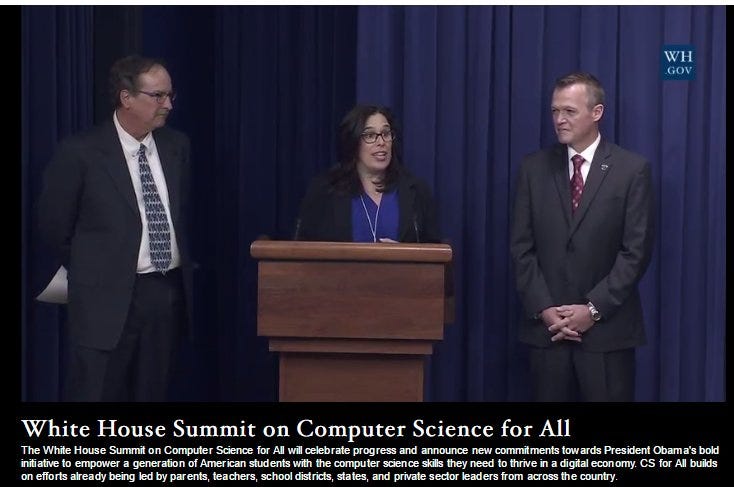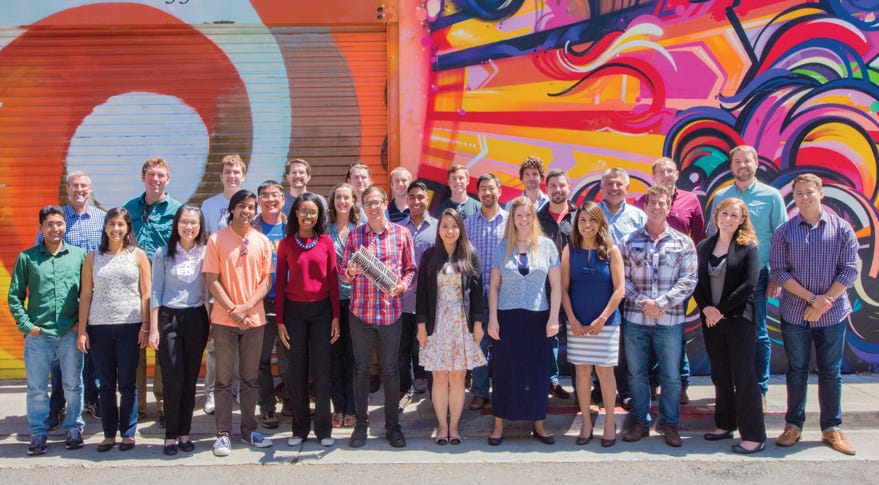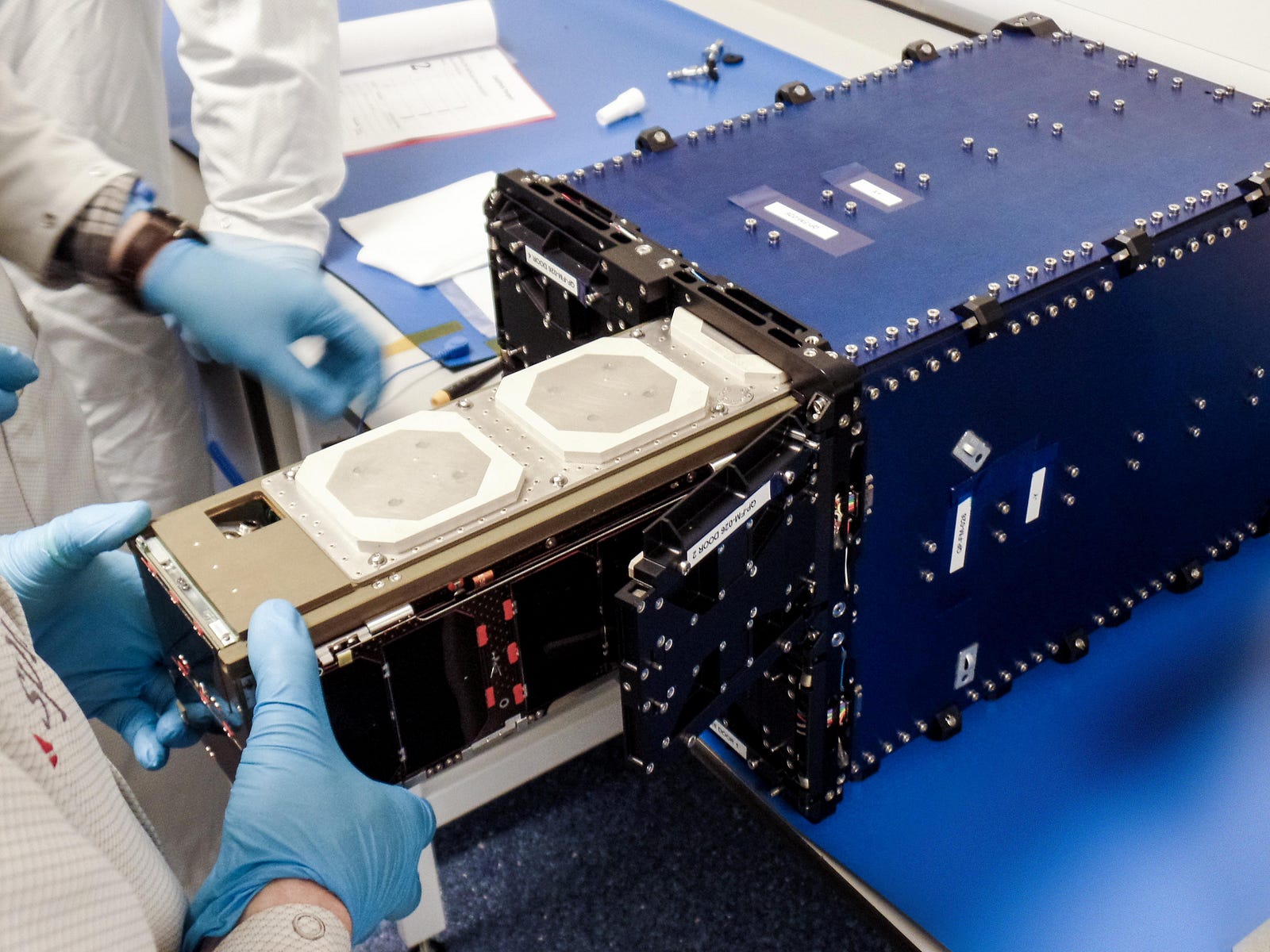Inspiration from Leading 8 Million Active Parents & Volunteers

The most inspirational founders are able to find a mission bigger than themselves and I was fortunate to have a recent Q&A with one of these founders, Karen Bantuveris. Not only is she a savvy entrepreneur and mother herself, her company empowers a community of 8 million parents and volunteers. Karen was recently at the White House as part of the Computer Science for All initiative and this was a great topic to start the discussion.
You recently spoke at the White House about SignUp.com’s role as an official partner to the Computer Science for All initiative (#CSforAll). What was that like?
Speaking at the White House was of course an unforgettable experience for me. I felt honored, inspired, empowered — and excited to see SignUp.comjoining other tech leaders like Google and Facebook as an official partner in such an important initiative in education. It’s a movement anyone can contribute to — you can learn more about it on the White House’s website.
How will SignUp.com be contributing to this initiative?
We’re here to help engage parents. They’re a powerful, untapped audience capable of making a huge impact in our nation’s goal to bring computer science to ALL kids, and SignUp.com is connected to 8 million of them. We’re doing a variety of things to help parents and families drive this movement at a local level, but the one we’re most proud of is “Family Code Night.”
During a memorable and fun Family Code Night event, families learn to code together. Thanks to a program produced by our partner, MV Gate, hosting a school-wide Family Code Night is easy for any parent to coordinate. Kids and parents get an exciting introduction to computer science — they get to do something fun and empowering with their family and with their friends and school community. Families leave the event eager for more and ready to support computer science learning at school and at home. The Family Code Night event kit is available free at SignUp.com/FamilyCodeNight, and we’ll be encouraging our users to download this and other free computer science ideas and resources from our new CSforAll Idea Center in partnership with the CSforAll Consortium.
Tell us why you chose to get involved with CSforAll?
There are so many things we each want to do with our day, with our lives, for our children — but it’s overwhelming if you try to do it on your own. As a business leader and mom, I get that. We’ve spent seven years building SignUp.com around the belief that we are all stronger in numbers. Every day, our solutions help people unite groups of 10, 50, 1,000 people around common goals and interests. With CSforAll, SignUp.com gets to do that for a nationwide movement. Given the powerful role parents play in influencing school priorities and our unique connection with them, it makes perfect sense that we would contribute to this movement.

Until recently, your brand used the name VolunteerSpot. Why the change to SignUp.com?
Our solutions were originally designed for moms like myself who were looking for a better way to coordinate school activities that depended on parent volunteers. Over time, parents began to expand how they used our solutions — with friends, at work,… Today, people use our solutions for every type of activity that relies on people to sign up and participate.
We recognized it was time to adopt a name that more accurately reflected our solutions and enabled our company to reach new audiences such as universities and small businesses. So this summer, we rebranded as SignUp.com. Our new name more accurately reflects what we do and who we serve (everyone!), and therefore generates better outcomes for the people using our solutions to organize activities that depend on group participation.
Based on your experience, what advice would you share to other companies who are thinking about a change in brand?
- Consult an outside brand strategist early and often.
- Build a comprehensive project plan and assign a skilled project manager, just as you would a website launch or product launch.
- As you design your transition plan, carefully consider all of the people and components of your business that will be affected — each group of stakeholders and audience segments may need targeted communication plans but deploying a change is much more than marketing and communications. For example, site infrastructure, SEO, help desk, partner contracts, human resources and banking are all touched with a brand change.
Your community of users is extremely active and engaged. What kind of brand partners are the best fit for your community?
We wouldn’t be here without our brand partners. Brands like Lands’ End, Penguin Random House, Uncle Ben’s, and Chuck E. Cheese advertise with us to reach the millions of highly influential moms that use our site.
SignUp.com best fits brands that want to connect with active people (which includes pretty much every mom with school age kids!). They use SignUp.com because they’re always looking for ways to do more with less time — for some that means personal interests like church or book clubs, for others that means career achievements, and for the majority of SignUp.com users, that means contributing to their child’s education and success.
You’re based in Austin and have an insider’s perspective of SXSW. Any tips for visitors, especially those who are thinking of going for the first time?
Treat it like any travel adventure: wear smart shoes, try new things, embrace the unexpected, and sleep when you get home! SXSW is immersive and you may not see a lot of Austin, but don’t leave without eating a breakfast taco (or three). Everyone has their favorite taco shop, but personally, I’m Team Torchy’s all the way!
Thank you for reading!
Our portfolio companies including SignUp.com are always on the lookout for top talent and also partnership opportunities. To learn more, get in touch.
Image Source: White House












